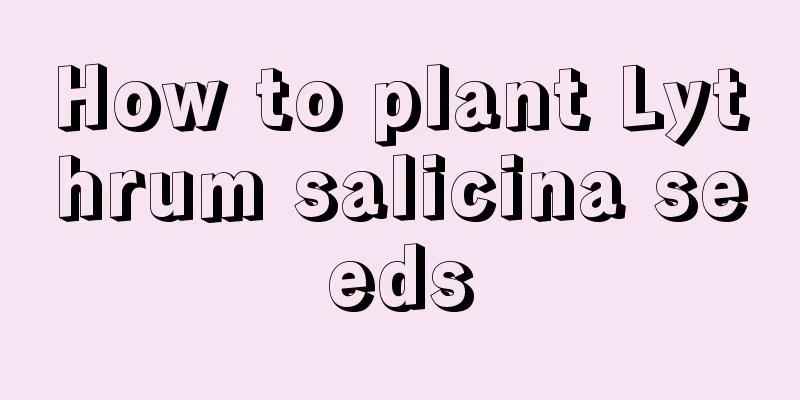How to get water for hydroponics

Purified water is better than tap waterPurified water is desalted water with low salt content, making it suitable water for hydroponic plants. In addition to its low salt content, purified water also has the advantages of good transparency and no pollution, making it the most ideal water for hydroponic plants. In addition, you can also use qualified drinking tap water for hydroponic plants, but liquid chlorine is often used to disinfect tap water. Excessive chlorine is harmful to the roots of flowers. In order to allow the chlorine to be released, it needs to be left for a while before use. You don't have to change the water once a week.We often say that we should change the water once a week, but in fact, such frequent care of plants may not be good for them. Instead, it should be mastered flexibly according to the different conditions of the plants: some aquatic or wetland flowers are very adaptable to the hydroponic environment, and the time interval between water changes can be longer. Generally, it is okay to change it every 20 or 30 days. However, some plants are not well adapted to the hydroponic environment after being hydroponically cultivated, and their recovery growth is slow, and some may even experience root rot after being hydroponically cultivated. In the early stages of the hydroponic environment, the water should be changed frequently, even once every 1-2 days. The frequency of water changes can be gradually reduced only after new roots sprout and normal growth resumes. In addition to changing the water according to the plant's own conditions, you can also change the water according to the weather. In spring and autumn, change the water every 5-10 days; in summer, change the water every 5 days; in winter, change the water every 10-15 days. More water is not betterThis point is easily overlooked by everyone. When hydroponically cultivating, the roots cannot be completely immersed in water. Instead, a small amount of the roots should be exposed to the air, preferably more than one-third. In this way, the roots can absorb dissolved oxygen in the water and oxygen from the air. The roots need to be cleaned in timeWhen changing the water, the roots should be cleaned. The mucus on the roots can be washed off with clean water. If rotten roots appear, they should be cut off in time. Generally, rotten roots will gradually rot from the root tip upwards. When pruning, cut to the normal root system. Old roots that have lost their ability to absorb water should also be cut off. After the container has been used for a period of time, sediment will adhere to the wall and it will also be prone to moss growth. It should also be cleaned when changing the water. |
<<: 4 common mistakes in caring for succulent plants
>>: How to tell if soil is acidic or alkaline
Recommend
Medicinal Value of Cinnamon
Harvesting and storing cinnamon Harvest cinnamon ...
What is the flower of the gentleman among flowers?
1. Gentleman among flowers If we talk about the f...
Can boxwood be planted in the yard?
Can boxwood be planted in the yard? Boxwood can b...
How to grow lotus bamboo
1. Maintenance methods 1. Watering: During the vi...
How to plant forget-me-nots? Planting time and method
Forget-me-not planting time Forget-me-nots are ge...
When should garlic be planted?
Garlic, as an economic crop , can indeed bring hi...
Does the Bilei drum prefer yin or yang?
1. Sun-loving plants The iris is a sun-loving pla...
Purple Leaf Plum Bonsai Production and Maintenance
Purple Leaf Plum Bonsai Production Purple-leaf pl...
How to care for Phalaenopsis in winter
Phalaenopsis, with its elegant flower shape and l...
How to overwinter hydroponic plants in winter
Place it in the sun as much as possible The sunli...
Cultivation method of northern yew
1. Watering When the northern yew is growing, the...
How to cultivate the beautiful flower horn
Soil preparation for the cultivation of meihuajia...
Cultivation methods and precautions of potted passion fruit
Passion fruit is a fruit tree that is relatively ...
Cultivation methods and precautions of Dracaena fragrans
Dracaena is an evergreen tree . Many friends will...
How to grow Nephrolepis
temperature During the day, the optimum temperatu...









